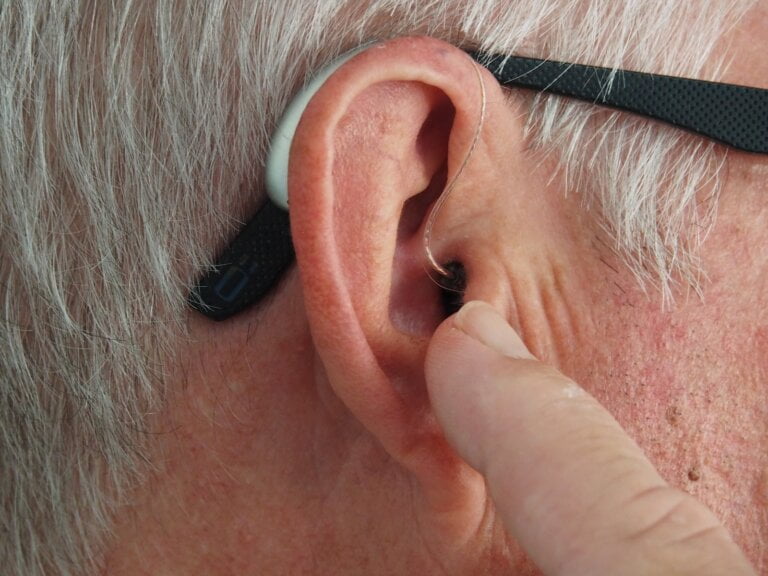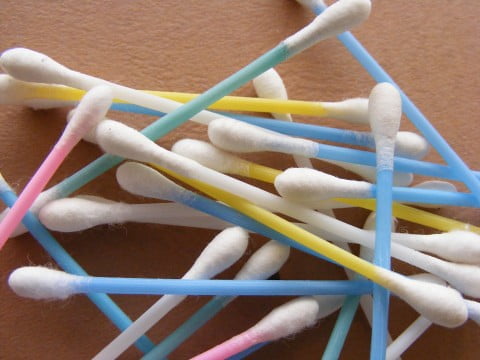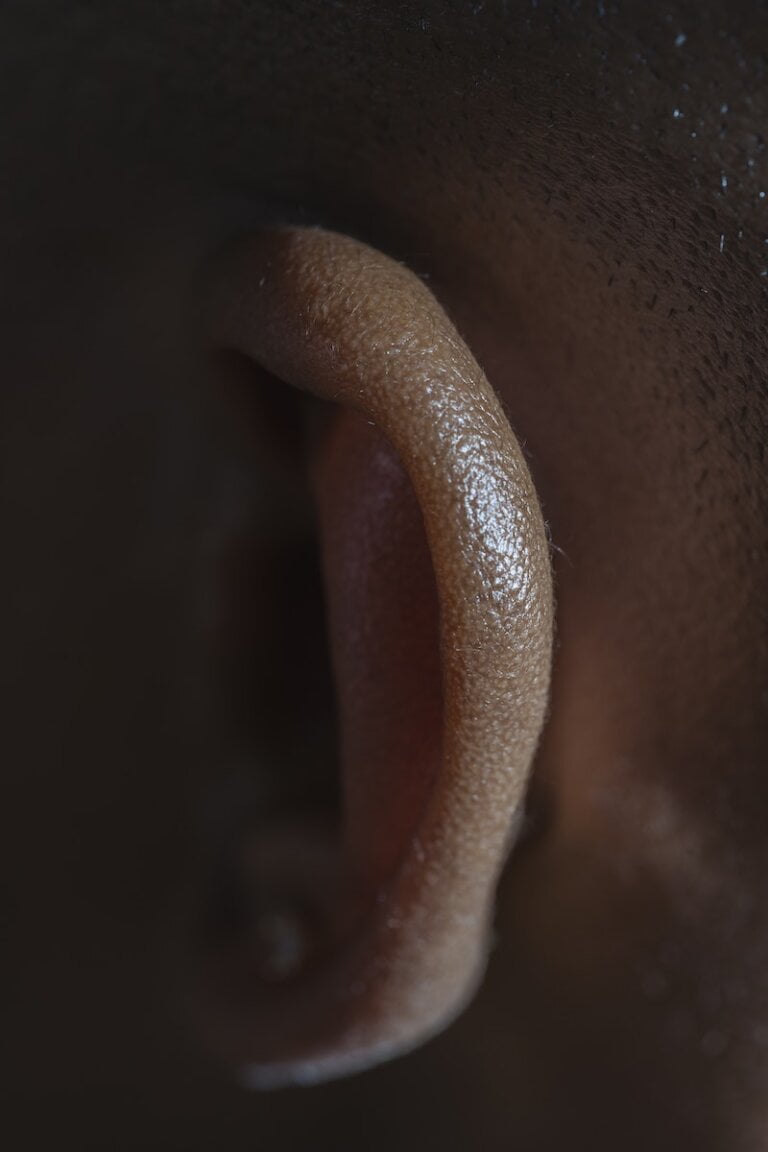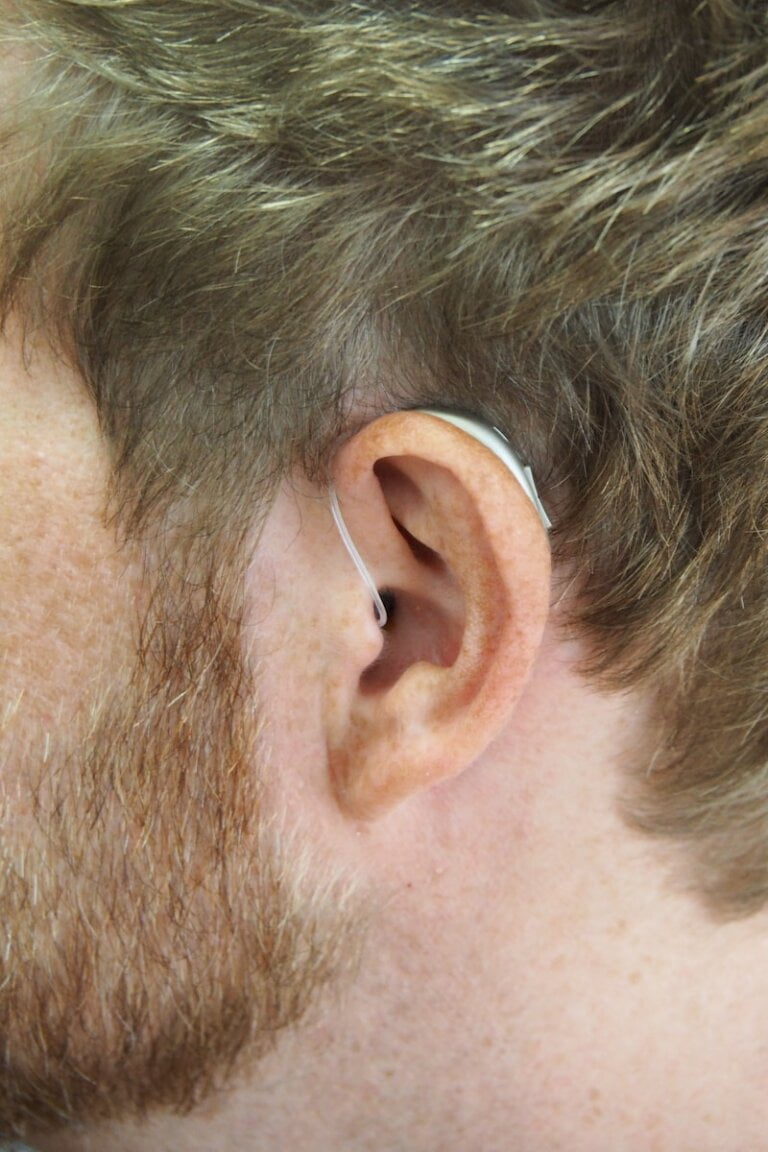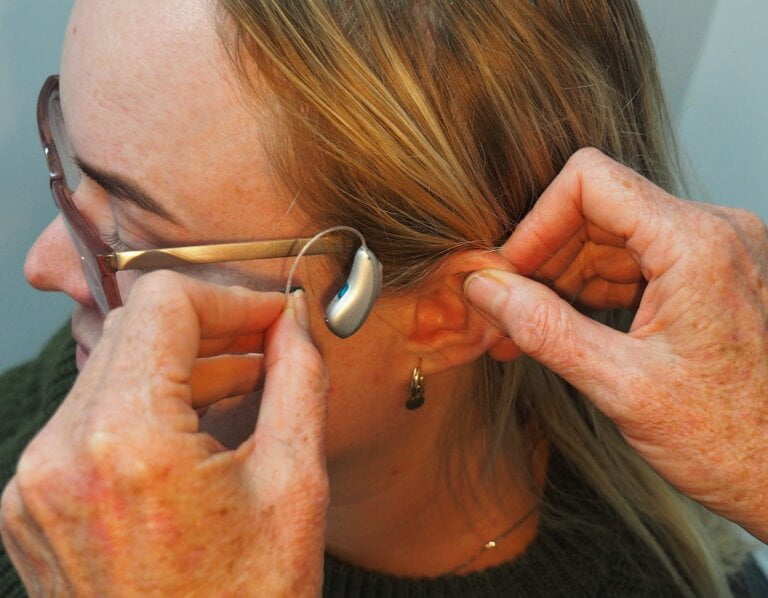Unveiling Recent Research in Manual Instrument Ear Wax Removal
Earwax, also known as cerumen, is a natural substance produced by glands in the ear canal. It plays an essential role in protecting the ear by trapping dust, debris, and harmful bacteria. However, excessive buildup of earwax can lead to various symptoms, such as pain, hearing loss, and even infection. To address this issue, manual instrument ear wax removal has gained significant attention in recent years. This article aims to explore the latest research findings and advancements in this field, shedding light on the effectiveness and safety of manual instrument ear wax removal techniques.
Understanding Manual Instrument Ear Wax Removal
Manual instrument ear wax removal involves the use of specially designed tools, such as curettes, forceps, or suction devices, to manually extract excess earwax from the ear canal. Unlike other methods, such as ear drops or irrigation, manual instrument removal allows for direct visualisation and precise control, making it a preferred choice for many healthcare professionals.
Manual instrument ear wax removal is a safe and effective method for clearing excessive wax buildup. The tools used in this procedure are designed to gently remove the wax without causing harm to the delicate structures of the ear canal or eardrum. The healthcare professional performing the removal has full control and can adjust their technique based on the patient’s individual needs.
During the procedure, the healthcare professional can directly visualise the ear canal, ensuring that all the wax is removed. This direct visualisation allows for a more thorough examination, which can help identify any underlying issues that may contribute to wax buildup or hearing problems. By addressing these root causes, long-term solutions can be implemented, ensuring better ear health for patients.
Effectiveness of Manual Instrument Ear Wax Removal
Recent studies have shown that manual instrument ear wax removal is a highly effective method for clearing excessive wax buildup. Compared to alternative techniques like ear drops, manual removal has demonstrated a significantly higher success rate in completely removing earwax obstructions. This is particularly crucial for individuals experiencing hearing loss or discomfort due to impacted wax.
In addition to its high success rate, manual instrument removal offers immediate relief from symptoms such as pain or hearing loss. By directly removing the earwax, patients can experience instant improvement in their hearing and overall comfort.
Moreover, manual instrument removal allows healthcare professionals to assess the ear canal’s condition, identifying any underlying issues that may contribute to wax buildup or hearing problems. By addressing these root causes, long-term solutions can be implemented, ensuring better ear health for patients.
Safety Considerations
One of the concerns associated with manual instrument ear wax removal is the potential risk of injury or damage to the delicate structures of the ear canal or eardrum. However, when performed by trained professionals, manual removal is considered a safe and well-tolerated procedure.
Research has shown that the risk of complications during manual instrument ear wax removal is minimal in the hands of skilled practitioners. Proper training and experience in using the instruments are essential to minimise any potential harm. Additionally, the use of adequate lighting and magnification tools further enhances safety and precision during the procedure.
It is important for individuals to seek the assistance of a trained healthcare professional when considering manual instrument ear wax removal. A skilled practitioner will have the knowledge and expertise to perform the procedure safely and effectively, minimizing the risk of any complications.
Advancements in Manual Instrument Ear Wax Removal Techniques
Traditional manual instrument ear wax removal techniques have evolved significantly in recent years, thanks to technological advancements. Innovations such as disposable curettes and illuminated instruments have improved the safety, precision, and hygiene of the procedure.
Disposable curettes offer a more hygienic approach to ear wax removal, reducing the risk of cross-contamination between patients. These single-use instruments eliminate the need for sterilisation and promote better infection control practices. Healthcare professionals can confidently use disposable curettes, knowing that each patient will receive a new and sterile instrument.
Illuminated instruments, equipped with LED lights, provide enhanced visualisation during the procedure. This not only improves the accuracy of wax removal but also allows healthcare professionals to identify any abnormalities or structural issues in the ear canal. The LED lights illuminate the ear canal, ensuring that no area is missed during the removal process.
These advancements in manual instrument ear wax removal techniques have revolutionised the procedure, making it safer, more precise, and more comfortable for patients.
Benefits of Manual Instrument Ear Wax Removal
Manual instrument ear wax removal offers several benefits over alternative methods:
- Immediate relief: The direct removal of earwax provides immediate relief from symptoms such as pain or hearing loss. Patients can experience improved hearing and reduced discomfort right after the procedure.
- Preserves ear health: Manual removal allows for a thorough examination of the ear canal, ensuring any underlying issues are addressed, promoting better ear health. By identifying and treating the root causes of wax buildup, healthcare professionals can help prevent future problems.
- Precise control: With manual instruments, healthcare professionals have precise control over the removal process, reducing the risk of injury or damage to the ear. The trained practitioner can tailor the technique to the patient’s specific needs, ensuring a safe and effective procedure.
- Improved hearing: By clearing wax obstructions, manual removal can significantly improve hearing and restore normal auditory function. Patients may notice a dramatic improvement in their ability to hear and understand sounds.
- Tailored approach: Each individual’s ear anatomy varies, and manual removal allows for a personalised approach to address specific concerns. The healthcare professional can adapt their technique to the unique characteristics of the patient’s ear, ensuring optimal results.
Conclusion
Recent research has shed light on the efficacy and safety of manual instrument ear wax removal. This method offers a highly effective solution for individuals experiencing excessive wax buildup, hearing loss, or discomfort. With advancements in techniques and instruments, manual removal has become safer, more precise, and provides immediate relief. By choosing a trained healthcare professional skilled in manual instrument ear wax removal, individuals can ensure optimal ear health and improved overall quality of life.
Q1: Is manual instrument ear wax removal safe?
A1: Yes, when performed by trained professionals, manual instrument ear wax removal is considered a safe and well-tolerated procedure. The risk of complications is minimal in the hands of skilled practitioners.
Q2: How effective is manual instrument ear wax removal?
A2: Recent studies have shown that manual instrument ear wax removal is a highly effective method for clearing excessive wax buildup. It has a significantly higher success rate compared to alternative techniques like ear drops.
Q3: What are the benefits of manual instrument ear wax removal?
A3: Manual instrument ear wax removal offers several benefits, including immediate relief from symptoms, preservation of ear health, precise control over the removal process, improved hearing, and a tailored approach to address specific concerns.
Q4: What advancements have been made in manual instrument ear wax removal techniques?
A4: Technological advancements have led to innovations such as disposable curettes and illuminated instruments. Disposable curettes improve hygiene and infection control, while illuminated instruments enhance visualisation during the procedure. These advancements have made the procedure safer, more precise, and more comfortable for patients.


